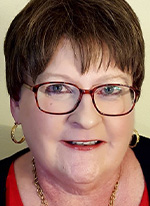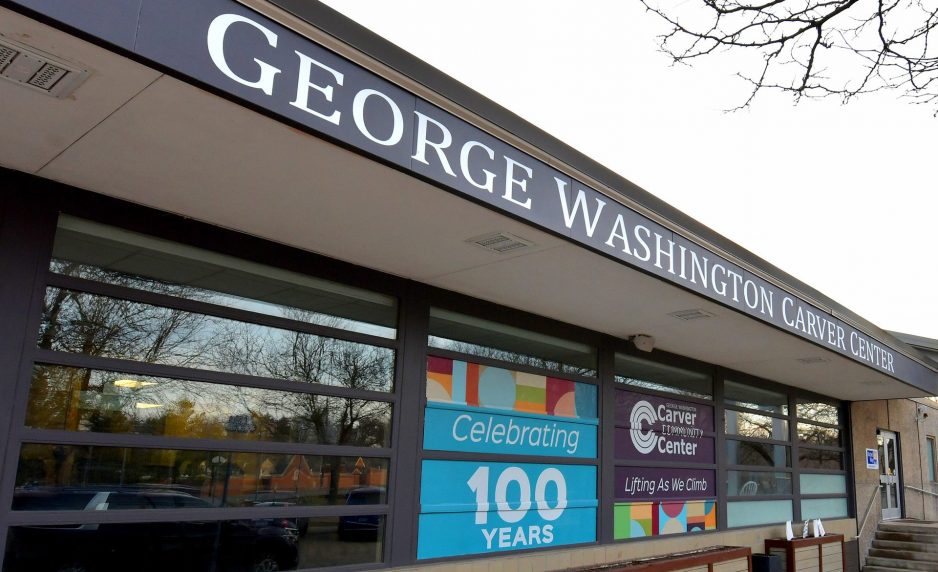For generations of Black children in Peoria, Carver was and is ‘a second home.’
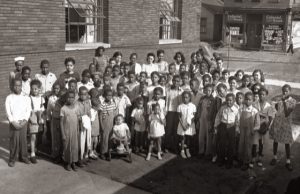
A delivery driver to Peoria’s Carver Center recently asked for more than just a signature. “Can I just look at the gym?” he asked the receptionist.
Stepping onto its shiny wood floor, he told how as a youngster, he had spent many after-school hours there, playing basketball with his friends. The pleasant memories showed on his face.
It’s not unusual for people to stop in at Carver Center for a trip down memory lane.
The George Washington Carver Community Center has been central to community life for Peoria’s Black residents for a full century. It has been the place for meetings, recreation, learning, artistic expression, dances, parties and, for many, much-needed assistance.
A century of growth and endurance
Carver Center’s origins date to October 1922, when the Colored Women’s Aid Club in Peoria opened the Negro Community Center in a house at 108 S. Globe St. Prior to that, local African Americans had no place to meet, other than one of the three Black churches in town.
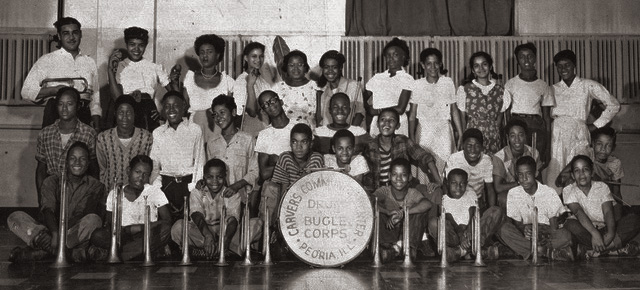
In 1937, club members raised $4,500 and moved the organization to a larger house at 1010 Sanford. Just two years later, the need for an even larger facility prompted the club members to cede control to an interracial, community-wide fundraising effort, which proved successful and produced a new name — the George Washington Carver Community Center — and a new location, where it has been ever since.
Carver Center remains a beacon to the Black community at 710 W. Percy Baker Jr. Ave., in John H. Gwynn Jr. Park.
‘Everybody went there’
Pam Adams, Carver’s historian and a longtime Peoria newspaper reporter and columnist, credits the Black women’s clubs across the country at that time for answering the needs of Black citizens in their communities.
She points to The Great Migration, the movement of Black people from southern, largely rural locations to states in the north and west, as coinciding with the rising prominence of Carver Center in the lives of South Side Peorians. As more people arrived from the south, the needs grew “and Carver’s big jumps always seemed to coordinate with those times.”
“Anybody you can name who grew up around this town in the ‘40s, ‘50s, ‘60s, ‘70s, ‘80s, everybody went there for generations,” Adams said. “Carver was a second home.”
Some of those people making their second home at Carver became nationally known. Comedian and actor Richard Pryor got his first stage experience at Carver Center, under the direction of local teaching legend Juliette Whittaker, director of Fine Arts and Drama at Carver.
Other celebrated alums include Charlotte Lewis, a member of the U.S. team that won a silver medal in 1976 in the first-ever Olympic women’s basketball competition. Also, Carla McGee, a member of the unbeaten 1996 U.S. Olympics women’s basketball team, was a Carver regular.
Coming to the rescue
By 2012, Carver Center had fallen on hard times. The building had been neglected, the programs underutilized. Carver Center was in real jeopardy of closing.
Ken Hinton, a former local principal and superintendent of Peoria Public Schools, took on the job of Carver’s executive director for five years, overseeing a $1.5 million renovation. He worked the entire time without pay.
Hinton, who now lives in Florida, said his decision to help save Carver Center harkens back to the original reason it was created. “Back in the 1920s, a group of African American women saw children on the street, both black and white, and they came together out of love,” Hinton said. “Because of the commitment the women of the last century put into Carver Center, out of love of humanity and of young people in the community, they touched the community.”
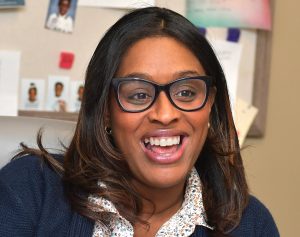
Jacobie Proctor, Carver Center’s chief executive officer, says the center’s near demise was due to a community breakdown. “There used to be a huge emphasis on community here, the houses here, the manufacturing and the jobs here,” she said. When the jobs left, the real estate market declined, and with it the population.
The 61605 ZIP code in which Carver Center is located is one of the most economically disadvantaged neighborhoods in Illinois, according to Census data.
A party in the present, plans for the future
Carver Center is planning a 100th anniversary gala, scheduled for April 29 at Peoria Riverfront Museum, which will include dedication of an Illinois State Historical Society plaque marking the center’s history.
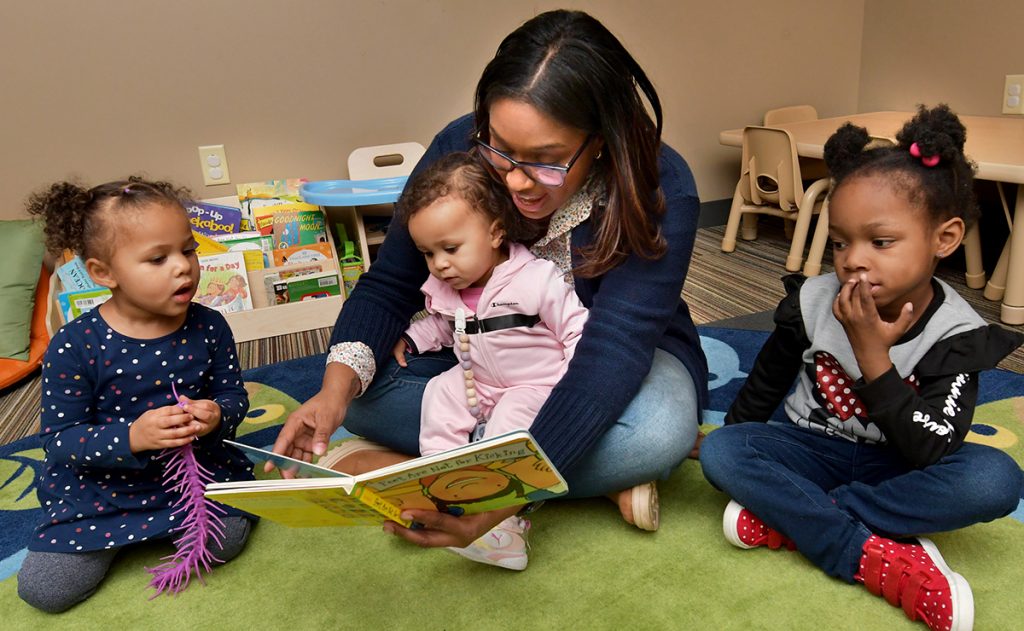
‘Reach them earlier and you can give them options and the knowledge to know there are different ways to go.’—Jacobie Proctor
In planning for the future, “we wanted to stay true to the center’s mission, ‘Lifting as we Climb,’” Proctor said. “What we understood is these are not the families we had at Carver in the ‘70s.”
For one thing, “kids don’t want to go outside,” she said. “Also, it’s not the days of knocking on the neighbor’s door to borrow a cup of sugar.
“Carver has pillars, or certain core areas where the center has done well,” Proctor added. Those include youth and family programs, sports and recreation, arts and humanities, and community outreach. Everything Carver now does falls into one of those categories. Keeping those pillars in mind, Proctor said the center offers services for people aged 0 to 99.
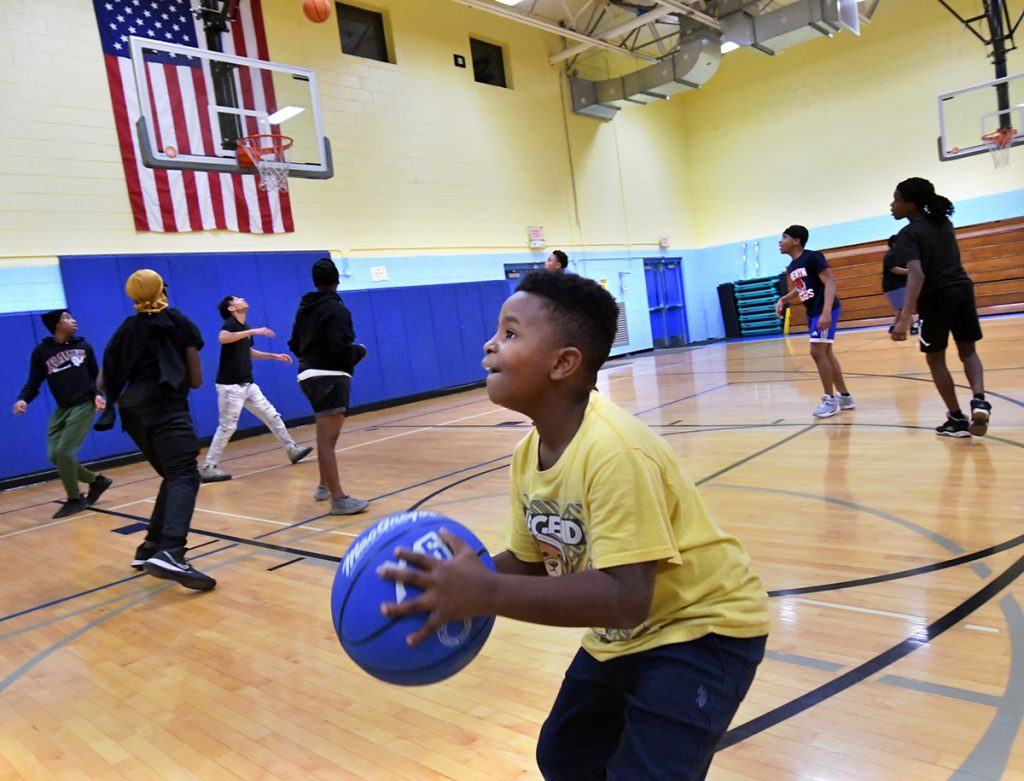
As part of its mission to serve youth and families, Carver has received an after-school grant from the Illinois Criminal Justice Information Authority. “There was a huge crime surge with the pandemic,” Proctor said. “We wanted to be part of the solution.”
Unlike previous crime surges, children have not been committing crimes that are gang- or drug-related, Proctor said. “This time there is just no rhyme or reason.”
The program addressing that is not just about mentoring and lecturing, said Proctor. “They will also be receiving high-yield activities” aimed at showing students a path forward, she said. For example, “we’ll have cooking classes, showing what it looks like to be a professional chef. We’ll go to a professional bakery.”
Proctor sees the need for Carver to be even more proactive. The center no longer serves just individuals, but entire families. Meanwhile, they’re not waiting to make a difference in children’s lives, starting as soon as kindergarten. “By the time they’re teenagers they‘ve pretty much got their ideas about who they want to be with and what they’re doing,” said Proctor. “Reach them earlier and you can give them options and the knowledge to know there are different ways to go.”
Carver Center has partnered with Peoria Public Schools to provide after-school care, and also is bringing back affordable pre-school early this year. “The earlier I get you, the better,” Proctor said, adding that the lack of fundamentals can become a lifelong learning block.
The Gap Girls program is a non-traditional support system for student parents in both high school and college. The young mothers take an online curriculum while Carver Center staff watch the babies. Skills USA is a middle school program offering job and skills training at Quest Charter Academy four days per week. On Saturdays, Carver hosts a leadership club at Quest. Carver also sponsors a summer camp program.
Health and fitness for the entire family is an important aspect of Carver’s outreach to families. There are fitness classes, health information seminars, county health department vaccinations, access to mental health referrals and help with finding a primary care physician.
Carver Center currently employs 18, with a handful of positions soon to be filled. Funding for the center comes through state and federal grants, United Way, and private grants and donations. Carver’s budget has grown from $183,000 three years ago to $1.1 million this year.
Proctor takes the responsibility of running Carver very seriously, noting that her predecessors — specifically Percy Baker and Ken Hinton — “left huge shoes to fill. None of them did anything small.”
As a result, Carver Center continues to make a big difference in the lives of South Side Peorians.
